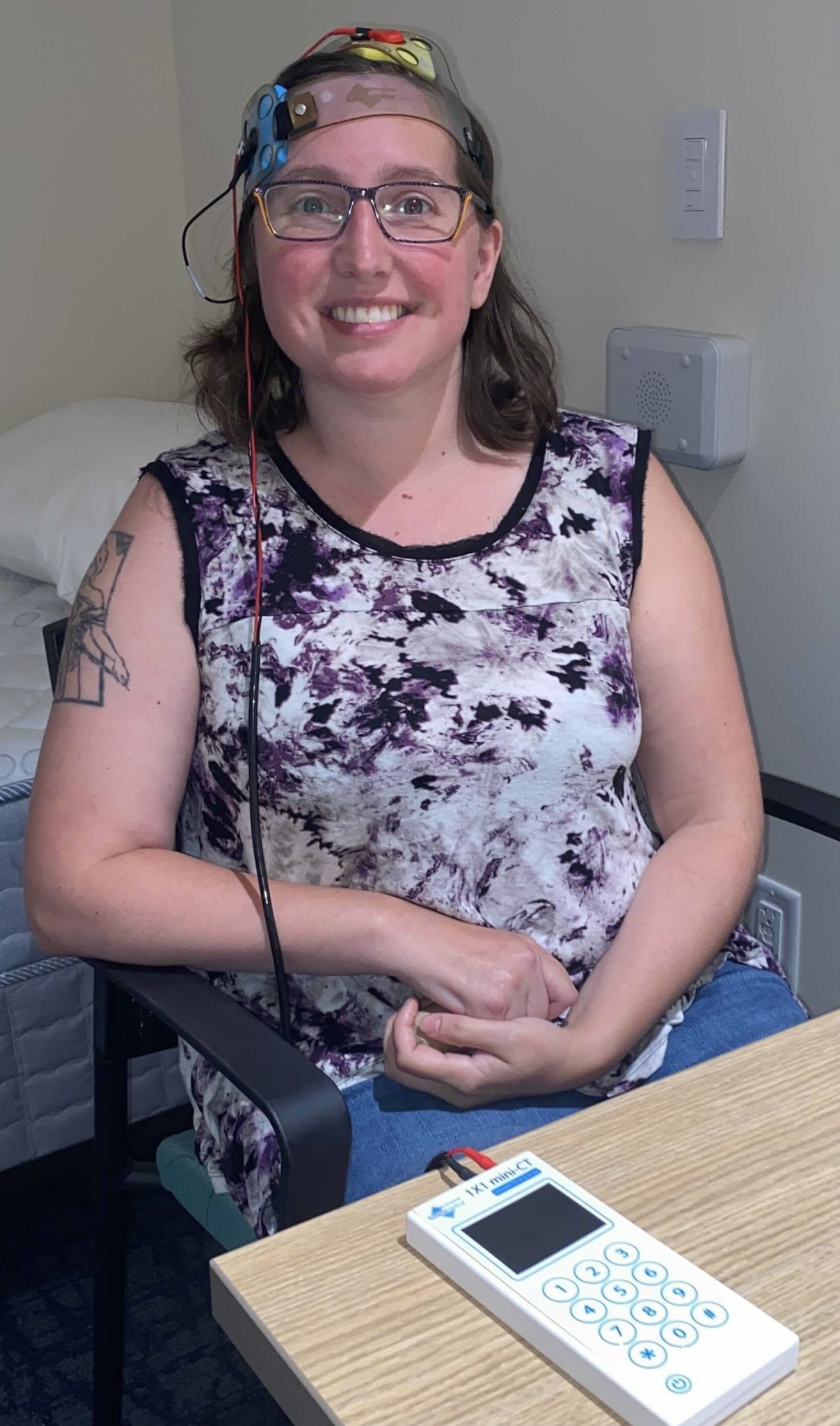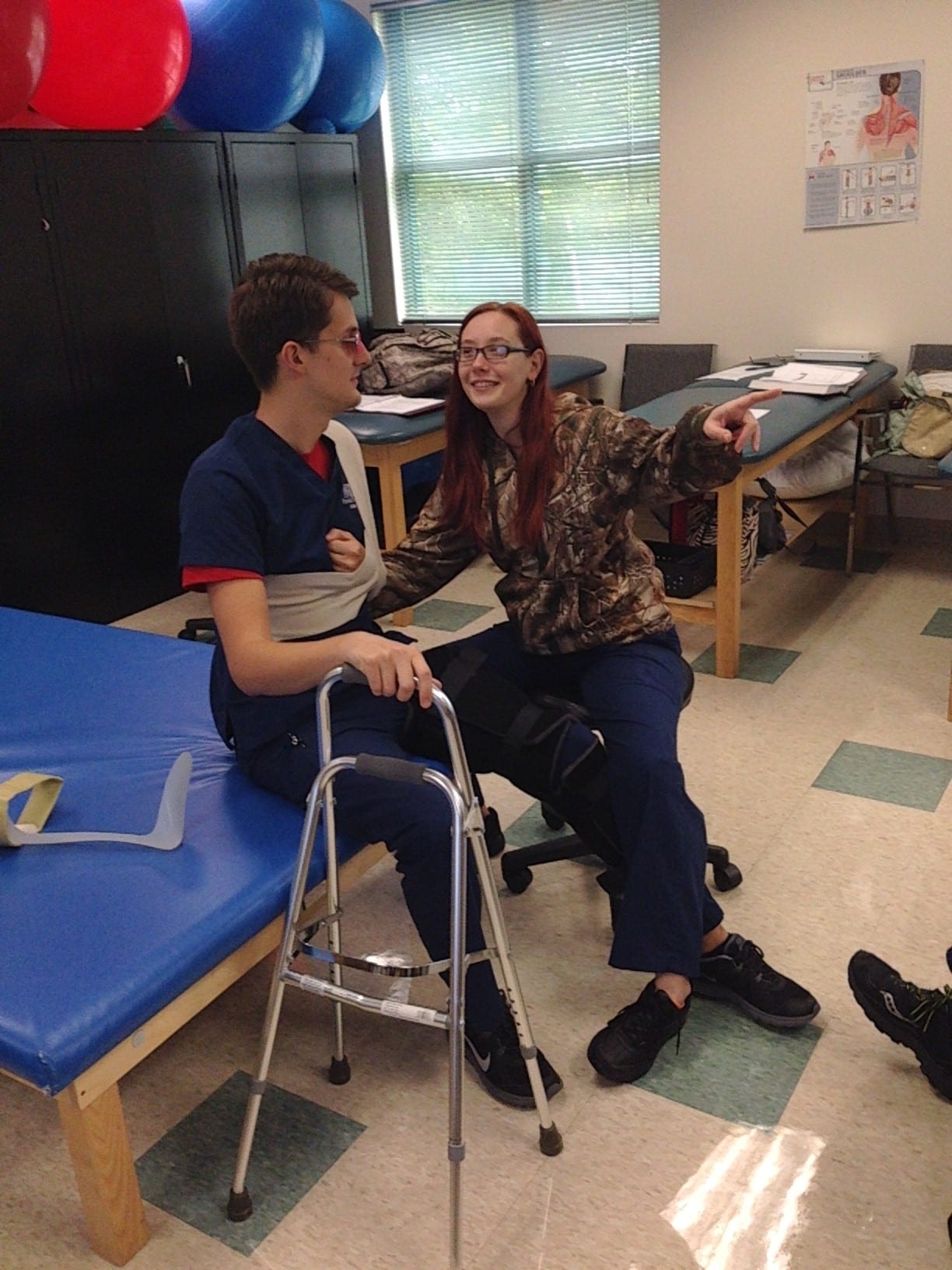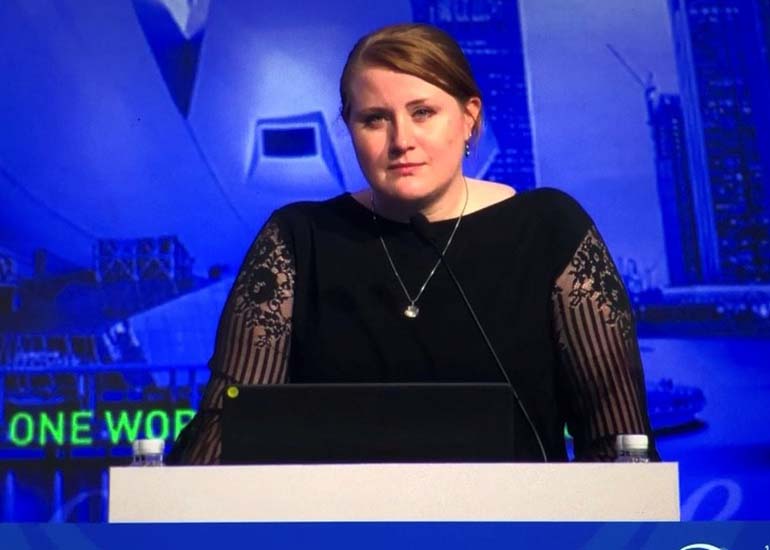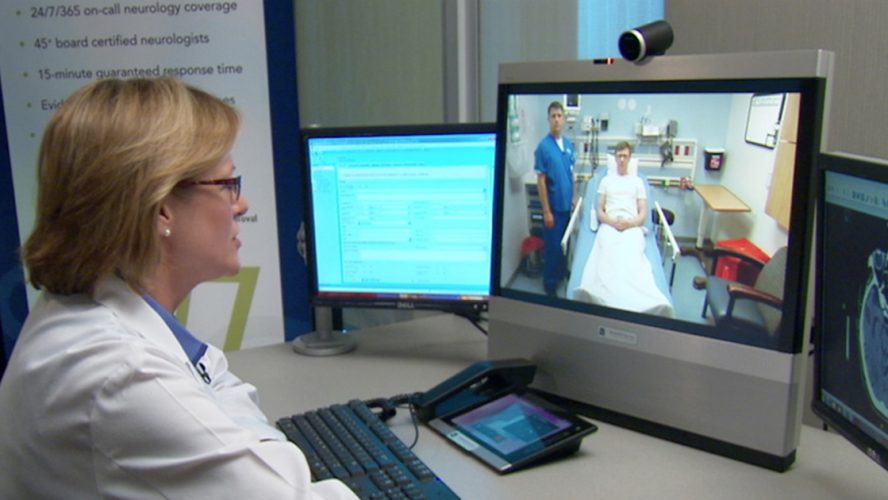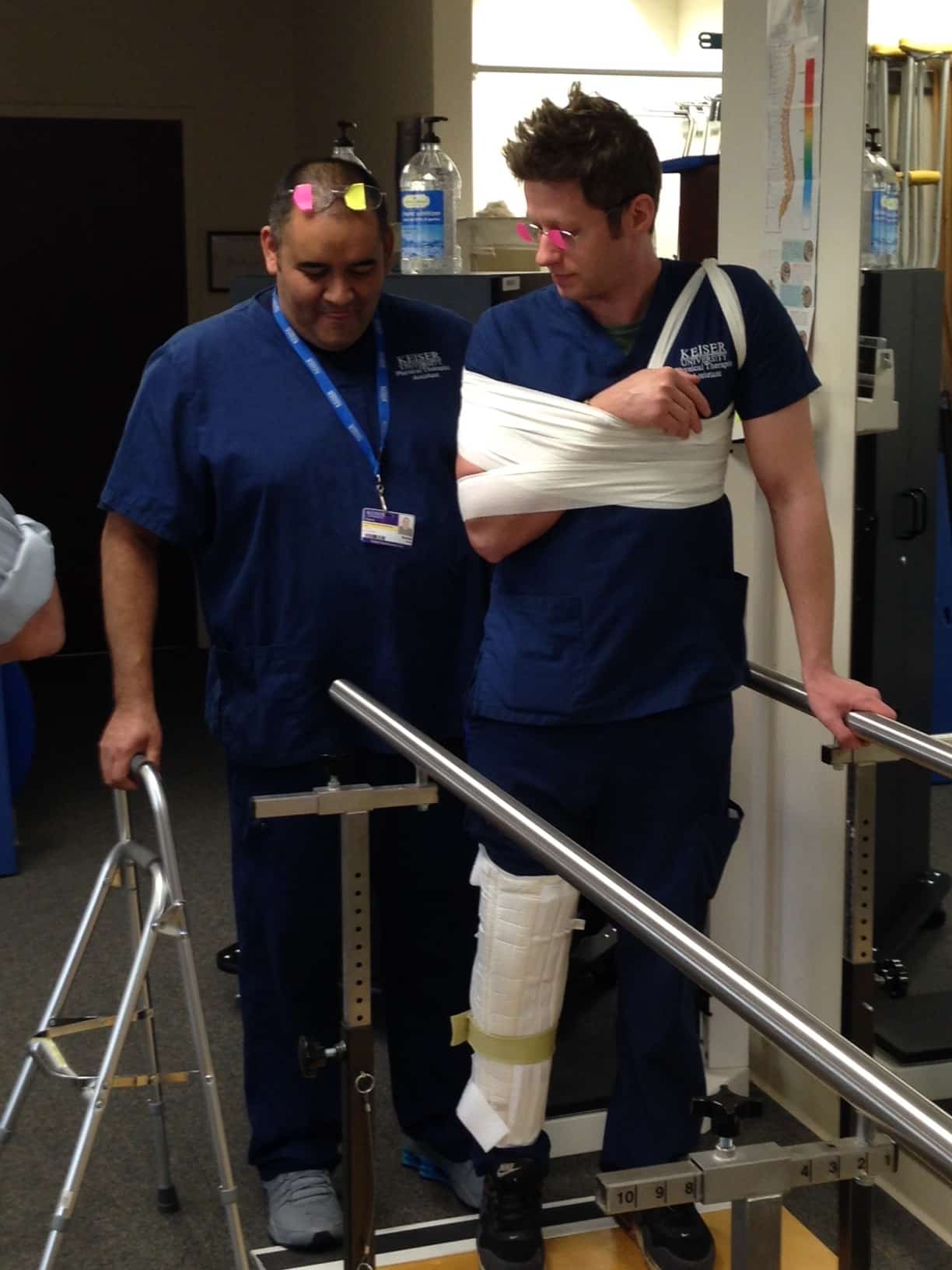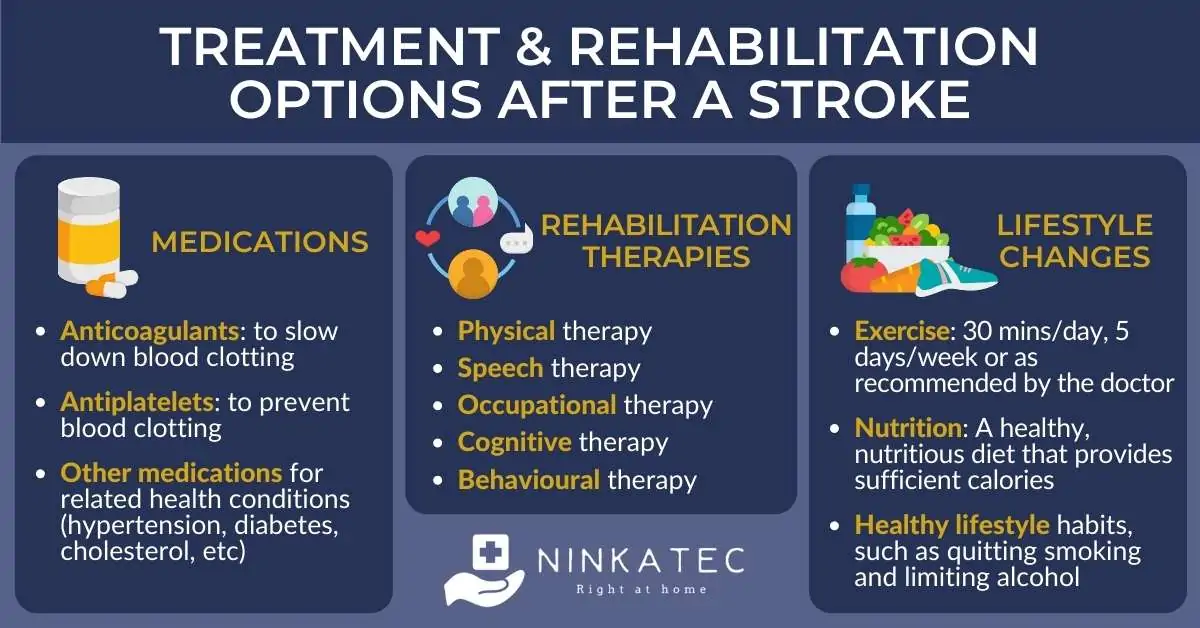Neat Tips About How To Treat Stroke Patients

According to the national cancer institute, more than 66,000 americans will be diagnosed with pancreatic cancer in 2024.
How to treat stroke patients. (1) the generalist who has treated the patient in the community and who, it is hoped, applies preventive measures before and after the stroke, (2) the physician who cares for the patient while hospitalized for the acute stroke, optimally in a dedicated. Preparing or eating food. The university of cincinnati cancer center is the first site in the midwest enrolling patients in a new phase 2 clinical trial testing a vaccine to treat pancreatic cancer.
Emergency stroke treatment: Find out about mayo clinic's telestroke (stroke. It breaks up the blood clots that block blood flow to your brain.
Is speech abnormal, delayed, or absent? To treat an ischemic stroke, blood flow must quickly be restored to the brain. A healthcare provider will inject tpa into a vein in your arm.
Performing exercises for speech or physical therapy. Call emergency services and get to the hospital immediately. The treatment you receive for your stroke depends upon the type of stroke you had and how quickly you receive medical care.
How is stroke treated? Call 911 right away if you or someone you know has any of these symptoms: These tests use a strong magnetic field to create a 3d view of the brain.
Appropriate treatment of ischemic stroke is essential in the reduction of mortality and morbidity. Sudden numbness or weakness in the face, arm, or leg — especially on one side of the body sudden confusion, trouble speaking, or understanding speech sudden problems seeing in one eye or both eyes sudden dizziness, loss of balance or coordination, or. A doctor may also recommend implementing changes at home to.
Magnetic resonance imaging (mri) or magnetic resonance angiography (mra). Common drugs used to cure ischemic stroke include tpa (tissue plasminogen activator), antiplatelets, or anticoagulants. To cure an ischemic stroke, doctors must dissolve the blood clot through either drugs or surgery.
Sometimes medication can be directly injected to dissolve a blood clot that is causing a stroke. Understanding the factors that increase your risk of a stroke and recognizing the symptoms may help you prevent a stroke. More research is needed in developing new drugs and catheters to build on the advances we have already made with reperfusion and also in evolving our systems of care to get more patients treated more quickly in the prehospital setting.
The sooner the medicine is given, the better. Mra uses technology similar to mri to look at the arteries in the neck and brain. Vaccine opens new frontier for cancer treatment.
However, the basics of how to care for a stroke patient at home remain the same: The fda has cleared a new drug to treat stroke victims for a clinical trial. A small number of severe ischaemic strokes can be treated by an emergency procedure called a thrombectomy.
